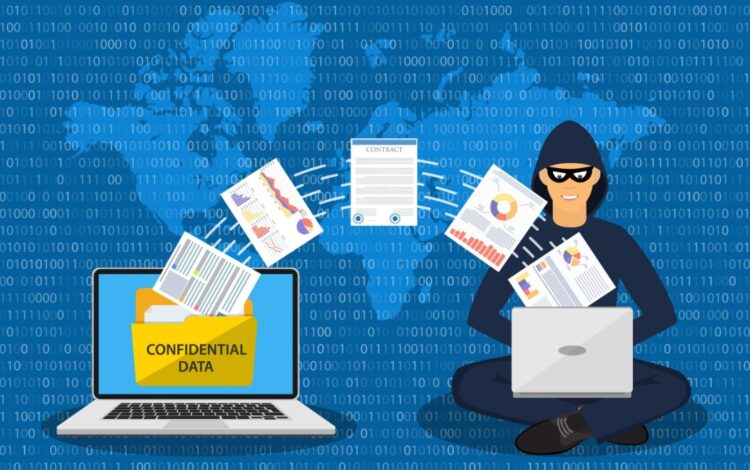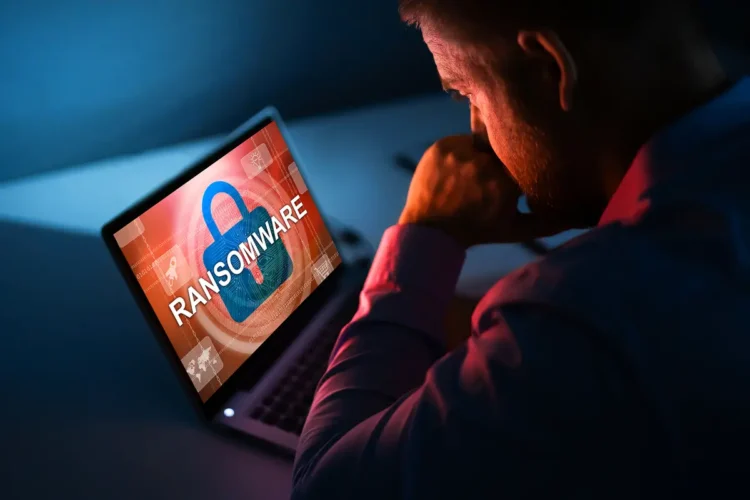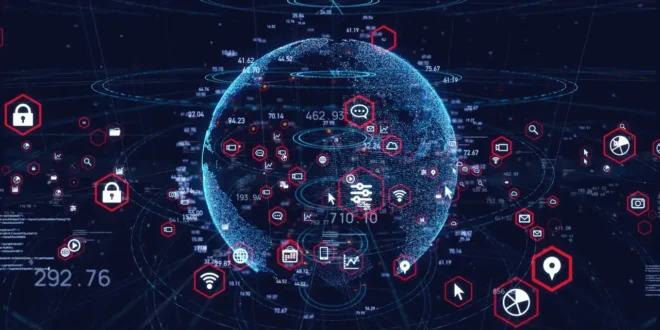The digital world we live in today is more connected than ever before. While beneficial in many ways, this increased connectivity has given rise to a surge in cybersecurity threats. These threats risk everything- from our identities to national security.
Cyber threats are a serious concern that cannot be overlooked. Cybercriminals aren’t far behind as new technologies are developed to counter these threats. They continue to hone their skills, resulting in an ongoing battle of wits in the cyber realm.
We must stay informed about the latest threats and be vigilant in our online behavior. Through this article, we aim to shed light on the escalating threats in cybersecurity. It’s crucial to understand that knowledge is our strongest weapon.
1. Investing in a Cybersecurity Education

The increasing complexities and volume of cyber threats make education a crucial armor in our digital defense mechanism. An MBA in cyber security is more than just a diploma; it’s a strategic investment that promises high returns in this fast-paced, evolving field.
This specialized education fulfills the growing need for competent professionals in the realm of cybersecurity. Being a cybersecurity professional is not just about recognizing threats but about foreseeing potential risks, understanding the complex mechanisms behind cyber attacks, and formulating strategies to counter them.
The insights gained from such a degree can make you the much-needed guard against digital adversaries.
While the digital landscape continues to change, the importance of staying one step ahead remains a constant. An MBA in cyber security serves to arm individuals with this requisite knowledge and skills. The demand for such skilled professionals underscores the significance of this education.
2. Phishing Scams

Phishing scams, a form of cybercrime, have plagued the digital world for decades, yet they continue to pose serious threats. In a phishing attack, a fraudster typically poses as a trustworthy entity, using disguised emails or fake websites to trick individuals into revealing sensitive information like passwords and credit card numbers.
These attacks exploit human trust and curiosity, making them particularly effective and hard to combat.
There are several precautionary steps that one can take to safeguard against these threats:
Beware of Suspicious Emails
Carefully review any unsolicited emails, especially those requesting personal information. Even if the sender appears legitimate, verifying through a different channel before providing sensitive details is better.
Check for Secure Connections
Always ensure the website’s connection is secure when providing personal information online. The URL should begin with ‘https,’ indicating a secure connection.
Use Security Software
Keep your devices protected with updated security software. These often include features that help identify and block phishing attempts.
Regular Training
Regular cybersecurity training can help individuals and organizations effectively recognize and respond to phishing attempts.
3. Ransomware Attacks

Ransomware attacks sit among the most harmful cyber threats we face today. Essentially, these attacks hold your digital world hostage. Imagine a scenario where you try to access your device, but all you see is a screen message demanding money.
That’s ransomware for you. It’s malicious software crafted to sneak into your system, seize control, lock you out, or encrypt your data. Protecting yourself against this digital siege requires a proactive approach.
Here’s what you can do:
- Regular backups ─ Maintain frequent backups of your crucial data. You can restore your system using these backups if you fall victim to a ransomware attack.
- Update security patches ─ Cybercriminals exploit security loopholes to plant ransomware. Regularly updating your security patches helps close these loopholes.
- Invest in reliable security software ─ A strong security solution can detect and neutralize ransomware threats before infiltrating your system.
- Avoid suspicious links ─ Avoid clicking on unverified links or downloading attachments from unknown sources. These could be potential ransomware carriers.
4. State-Sponsored Attacks

State-sponsored cyberattacks represent a new battleground. Nations with advanced digital capabilities use these attacks as stealthy tools for conflict, thus giving rise to an unseen form of warfare. It’s a startling reality where the power of computing is exploited to infiltrate other countries’ systems.
These cyberattacks mainly focus on sensitive and critical infrastructure, from power grids to military networks.
By compromising these systems, nations can cause severe disruption in their adversaries’ operations and stability. The impacts aren’t just on the physical level; they penetrate economic and social fabrics, causing havoc on a grand scale.
To counter these threats, nations and organizations should:
- Develop and maintain up-to-date cybersecurity frameworks that can respond to such high-level attacks.
- Establish threat intelligence systems to identify potential threats before they cause harm.
- Regularly audit and update the security measures of critical infrastructures.
- Invest in professional cybersecurity training for staff handling sensitive data and systems.
5. IoT Vulnerabilities

The Internet of Things, often called IoT, refers to the myriad of everyday devices that connect to the Internet. This vast network spans smartphones and laptops to smart home systems and wearable tech.
The central idea is to enable communication between these devices, facilitating seamless, automated processes. However, this interconnected web of devices poses a significant challenge: security vulnerabilities.
IoT vulnerabilities can lead to unauthorized access and control of devices, data breaches, and even disruption of essential services. Addressing these vulnerabilities involves a multipronged approach:
- Regular updates ─ Keep your IoT devices updated with the latest security patches.
- Secure networks ─ Ensure your devices connect to secure, password-protected networks.
- Use reputable brands ─ Trusted brands often have better security measures in place.
- Install firewalls ─ They add an extra layer of defense by blocking unauthorized access.
- Change default passwords ─ Default passwords are often easy targets for hackers.
6. Supply chain attacks

Supply chain attacks signify a unique yet menacing breed of cyber threats. To breach a more secure primary target, they exploit weaker links within a larger network, the less secure elements. While the initial entry point is indirect, the subsequent damage can be direct and substantial.
To counter these formidable threats, some steps can be taken:
- Regular security audits of the entire supply chain, not just the primary entity, can help identify weak links.
- Applying robust security protocols across all network points ensures a uniformly high level of protection.
- Collaborative defense mechanisms where partners share threat intelligence can help to anticipate potential breaches.
- Educating all stakeholders about cybersecurity best practices can also contribute to a more secure supply chain.
Conclusion
Understanding cybersecurity threats becomes more crucial as we move deeper into the digital age. From individuals to nations, each of us has a role to play in this global digital defense.
Our shared responsibility is to stay informed, vigilant, and adapt to these evolving threats. Ultimately, the strength of our defenses lies in our collective commitment to cybersecurity, which will steer us toward a more secure digital future.
 Hi Boox Popular Magazine 2024
Hi Boox Popular Magazine 2024



